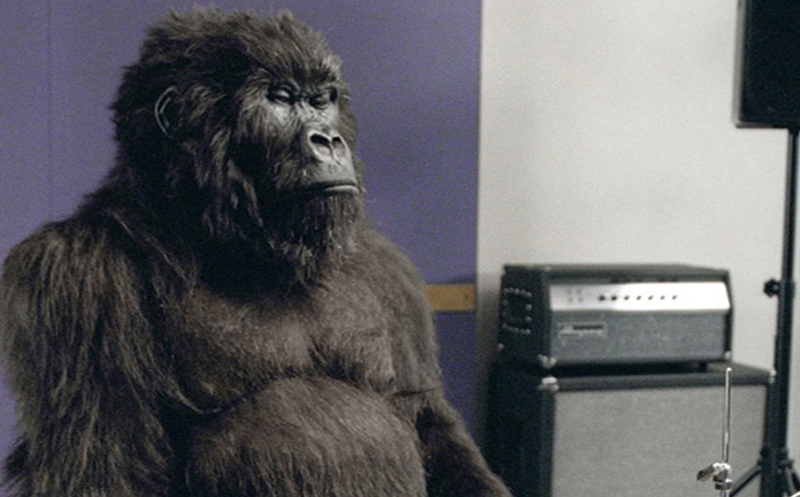Spreading Joy
When you present a creative concept to a client, there are a number of things they want to see.
1) Their product
2) Information about their product
3) Explicit reasons why the consumer should buy their product
If all ads had to stick to these criteria, an advert released in 2007 would have failed to ever be. An advert that is widely regarded as one of the best, if not the most memorable adverts of all time.
Purple. Gorilla. Playing. Drums.
Instantly, you know exactly which advert I mean.
You can picture it, hear the music, see the brand’s logo.
But let’s go back to the client check-list.
Does it show the product? No. Unless Cadburys now make gorilla suits.
Does it provide any information about the product? No. In fact, it gives very little of anything that isn’t a gorilla playing the drums.
Does it give the consumer explicit reasons why they should buy the product? Sorry, what product? Like I said, all I see is a gorilla….playing the drums.

The advert, for the most part (except the brief introduction of the Cadburys Dairy Milk bar 6 seconds before the end) is void of any rational cues. Instead, what it does is make you SO FRICKING HAPPY watching it, that when the ad is finished you feel surprised and elated. And you assign that feeling to Cadburys, connecting completely with the strapline ‘a glass and a half full of joy’.
It scores massively on the emotional scale, and almost zero on the client’s rational scale. And that seems to be what’s important.
More and more clients are beginning to realise that the feelings their brand and their adverts can elicit in their consumers is as important, if not more important, as the information they take away.
And it’s our job to encourage this thinking in the clients that don’t yet agree.
————
Words by – Jo Delaney
Want the latest posts, offers and exclusive tickets straight to your inbox? Subscribe to our newsletter and never miss out again.
Images © Youtube срочный займ на карту онлайн войти в личный кабинет лайм займзайм под залог автозайм онлайн круглосуточно

